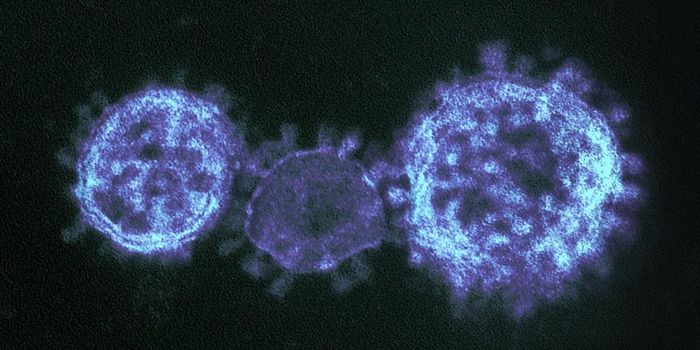The appearance of infectious diseases in new places and new hosts, such as West Nile virus and Ebola, is a predictable result of climate change, says a zoologist affiliated with the Harold W. Manter Laboratory of Parasitology at the University of Nebraska-Lincoln.
In a recent article, Daniel Brooks, PhD, senior research fellow, warns that humans can expect more such illnesses to emerge in the future, as climate change shifts habitats and brings wildlife, crops, livestock, and humans into contact with pathogens to which they are susceptible but to which they have never been exposed.

"It's not that there's going to be one ‘Andromeda Strain' that will wipe everybody out on the planet," says Brooks, referring to the 1971 science fiction film about a deadly pathogen. "There are going to be a lot of localized outbreaks that put a lot of pressure on our medical and veterinary health systems. There won't be enough money to keep up with all of it. It will be the death of a thousand cuts."
Brooks and his co-author, Eric Hoberg, PhD, have personally observed how climate change has affected very different ecosystems. During his decades-long career, Brooks has focused primarily on parasites in the tropics, while Hoberg has worked primarily in Arctic regions. Each has observed the arrival of species that hadn't previously lived in that area and the departure of others, Brooks says.
Changes in habitat mean animals are exposed to new parasites and pathogens.
But for more than 100 years, scientists have assumed parasites don't quickly jump from one species to another because of the way parasites and hosts co-evolve.
Brooks calls it the "parasite paradox." Over time, hosts and pathogens become more tightly adapted to one another. According to previous theories, this should make emerging diseases rare, because they have to wait for the right random mutation to occur.
But it turns out such jumps happen more quickly than anticipated. Even pathogens that are highly adapted to one host are able to shift to new ones under the right circumstances.
Brooks and Hoberg call for a "fundamental conceptual shift" recognizing that parasites and pathogens retain genetic capabilities that allow them to quickly shift to new hosts. "Though a parasite might have a very specialized relationship with one particular host in one particular place, there are other hosts that may be as susceptible," Brooks says.
In fact, the new hosts are more susceptible to infection and get sicker from it, Brooks says, because they haven't yet developed resistance.
Though resistance can evolve fairly rapidly, this only changes the emergent pathogen from an acute disease problem to a chronic problem, Brooks says.
"West Nile Virus is a good example of this phenomenon -- no longer an acute disease problem for humans or wildlife in North America, it nonetheless is here to stay," he says.
The answer, Brooks says, is for greater collaboration between the public and veterinary health communities and the "museum" community -- the biologists who study and classify life forms and how they evolve.
In addition to treating human cases of an emerging disease and developing a vaccine for it, he says, scientists can learn which nonhuman species carry the virus. Knowing the geographic distribution and the behavior of the nonhuman reservoirs of the virus could lead to public health strategies based on reducing risk of infection by minimizing human contact with infected animals, much like those that reduced the incidence of malaria and yellow fever by reducing human contact with mosquitos.
Museum scientists versed in understanding the evolutionary relationships among species could use this knowledge to anticipate the risk of the pathogen becoming established outside of its native range.
Brooks' and Hoberg's article, "Evolution in action: climate change, biodiversity dynamics and emerging infectious disease," is part of a Philosophical Transactions of the Royal Society B issue on "Climate change and vector-borne diseases of humans," edited by Paul Parham, a specialist in infectious disease epidemiology at Imperial College in London.
"We have to admit we're not winning the war against emerging diseases," Brooks says. "We're not anticipating them. We're not paying attention to their basic biology, where they might come from and the potential for new pathogens to be introduced."
[Source: University of Nebraska-Lincoln]









